DNVN - According to Nguyen Vo Truong An, Deputy General Director of the ASEAN Carbon Credit Exchange Joint Stock Company (CCTPA), the carbon market is an international game, Vietnam can only implement it, not refuse. In this context, the carbon market has attracted many domestic enterprises.
Large market space
According to the draft Project on developing the carbon market in Vietnam from 2025 to 2028, the carbon market will be piloted nationwide. From 2029 onwards, the carbon market will be officially operated nationwide and prepare for connecting the domestic carbon market with the region and the world .
Mr. Hoang Van Tam - Department of Energy Saving and Sustainable Development ( Ministry of Industry and Trade ) assessed that developing the carbon market is one of the most important tools to contribute to the process of reducing greenhouse gas emissions in the country. The development and operation of this market will be an opportunity to mobilize social capital to participate in greenhouse gas emission reduction activities.
For businesses, when participating in the carbon market and creating carbon credits, each carbon credit is defined as equivalent to one ton of CO2. Each credit that meets the standards set by the market will be traded on the market.
According to Mr. Nguyen Vo Truong An - Deputy General Director of ASEAN Carbon Credit Exchange Joint Stock Company (CCTPA), the carbon credit market in Vietnam is still new and young on the map of carbon credit markets in the world. With the current natural space, forest area, forest coverage density as well as current agricultural sectors in Vietnam, the space for technology and application of emission reduction technology in the agricultural sector is still very large.
In addition, energy conversion, energy saving and renewable energy solutions are also in the development stage of the Vietnamese market.

Businesses are already preparing to reduce carbon emissions.
Associate Professor, Dr. Luong Duc Long - Vice President and General Secretary of the Vietnam Cement Association shared that up to now, cement enterprises have known about reducing CO2 emissions. Enterprises all know that from 2026, the State will officially assign carbon emission limits to each cement factory. Enterprises have had different preparations to receive the Government's new regulations as well as solutions to reduce carbon emissions in the production process.
Enterprises are starting to actively use alternative fuels instead of fossil fuels. In addition to reducing electricity costs, some enterprises have researched the capture and burying of CO2 in the cement clinker production process.
Meanwhile, Mr. Nguyen Vo Truong An - Deputy General Director of ASEAN Carbon Credit Exchange Joint Stock Company (CCTPA) said that in the past 2 years, the issue of carbon credits, carbon markets and related topics has started to heat up. Enterprises have just started to learn and focus on learning recently.
4 big challenges for businesses
CCTPA Deputy General Director Nguyen Vo Truong An emphasized that the carbon market is an international game. Accordingly, Vietnam can only implement it, not refuse it. In this context, the carbon market has touched many domestic enterprises.
Meanwhile, in terms of quota markets, mandatory markets and voluntary markets, businesses currently lack many factors and this is truly a big challenge for Vietnamese businesses in this global game.
According to Mr. An, there are 4 major challenges, corresponding to 4 M's for Vietnamese enterprises in implementing the carbon market.
The first M stands for manpower. Currently, businesses are lacking knowledge and experience in climate change, greenhouse gas inventory, and greenhouse gas emission reduction. The lack of experts in the field of carbon credits is a significant challenge.
The second M is methodology. Currently, businesses, experts, and even leading international experts, when researching and providing support for the carbon credit market in Vietnam, are still struggling to understand how the market will operate between a mandatory market and a voluntary market.
The third M is Money (finance). Investment in emission reduction technology and green transformation is extremely large and much larger than current traditional technologies. How can businesses get finance and financial support to invest in technology, thereby contributing to the Net Zero goal and achieving the emission reduction target of businesses is what Vietnam is facing.
The last M is Machine. Once you have the solution and finance, investing in machinery, equipment and technology is very simple.
Pointing out the difficulties of cement industry enterprises, the Vice President of the Vietnam Cement Association said that cement industry enterprises are confused when mentioning a commodity for exchange, carbon credits. There is currently no tool to quantify that commodity.
“With the emission figures, we are purely calculating from the technical chemical processes. All these calculations must be legalized and regulated by the State's legal documents. Only then will businesses know how much emissions they have generated and whether they have a surplus or a shortage compared to the assigned limit (quota). When there is a surplus, businesses can sell it on the market, and when there is a shortage, they can buy it,” said Mr. Long.
Currently, according to Mr. Long, enterprises as well as state management agencies and specialized agencies are just implementing. Therefore, he hopes that tools and regulations will soon be formed so that enterprises can determine whether they have reached or exceeded the quota. Completing the system of state tools and regulations along with clear standards and guidelines for measuring and reporting MRV will help enterprises do it.
Experts and businesses all agree that in implementing the carbon market, there are great challenges but also many opportunities. It is important that all relevant parties must be determined and work together to create an effective market model.
"With a market that has a lot of potential, many opportunities and challenges, it is necessary to learn from international experiences from countries that have a systematic carbon market as well as countries with similarities like Vietnam. International cooperation is the key for Vietnam to unlock the carbon market, including the voluntary carbon market and the mandatory carbon market in Vietnam," Mr. An emphasized.
Moonlight
Source: https://doanhnghiepvn.vn/kinh-te/trien-khai-thi-truong-carbon-4-thach-thuc-lon-doi-voi-doanh-nghiep-viet/20240904044135596




![[Photo] Prime Minister Pham Minh Chinh chairs the conference to review the 2024-2025 school year and deploy tasks for the 2025-2026 school year.](https://vstatic.vietnam.vn/vietnam/resource/IMAGE/2025/8/22/2ca5ed79ce6a46a1ac7706a42cefafae)
![[Photo] President Luong Cuong receives delegation of the Youth Committee of the Liberal Democratic Party of Japan](https://vstatic.vietnam.vn/vietnam/resource/IMAGE/2025/8/22/2632d7f5cf4f4a8e90ce5f5e1989194a)



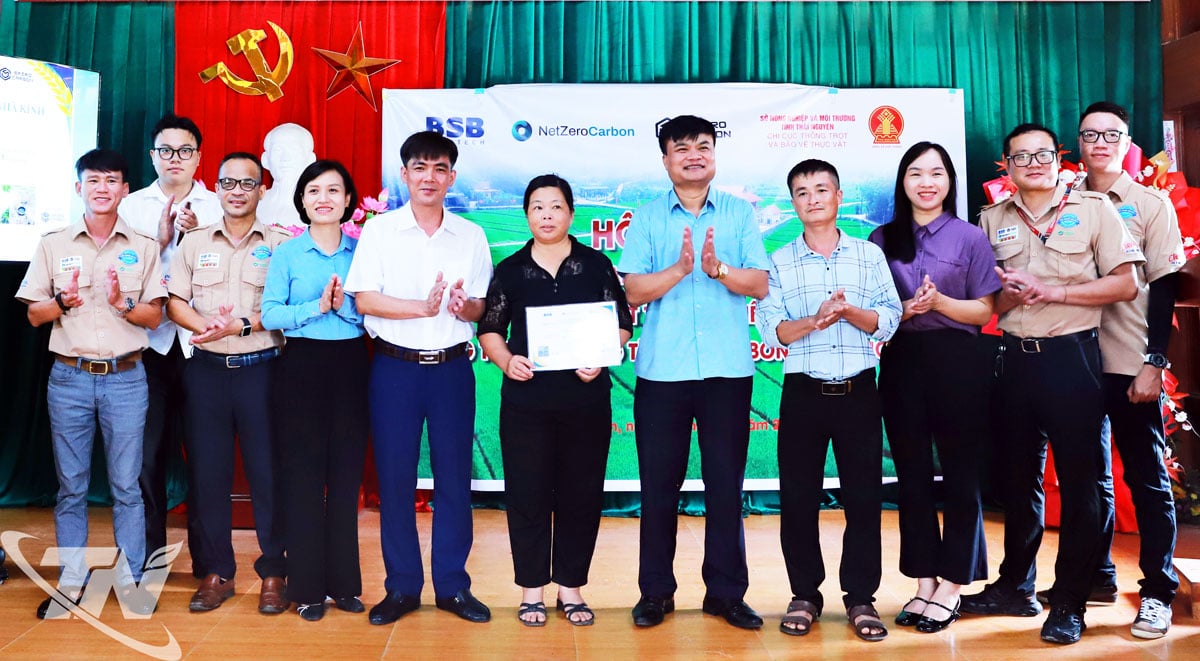

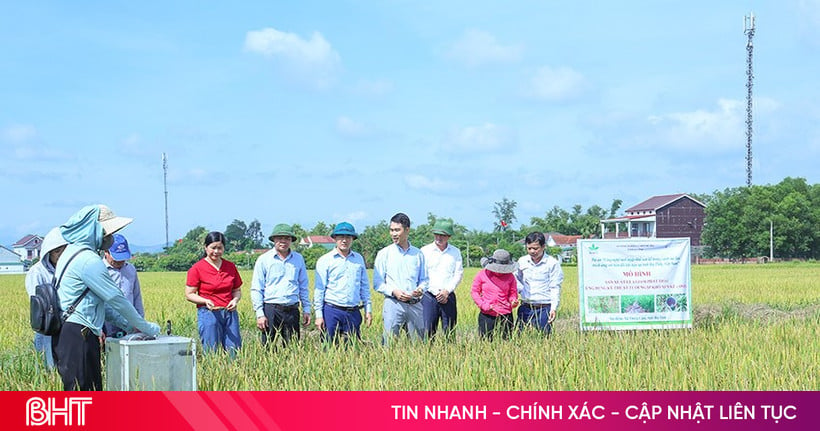

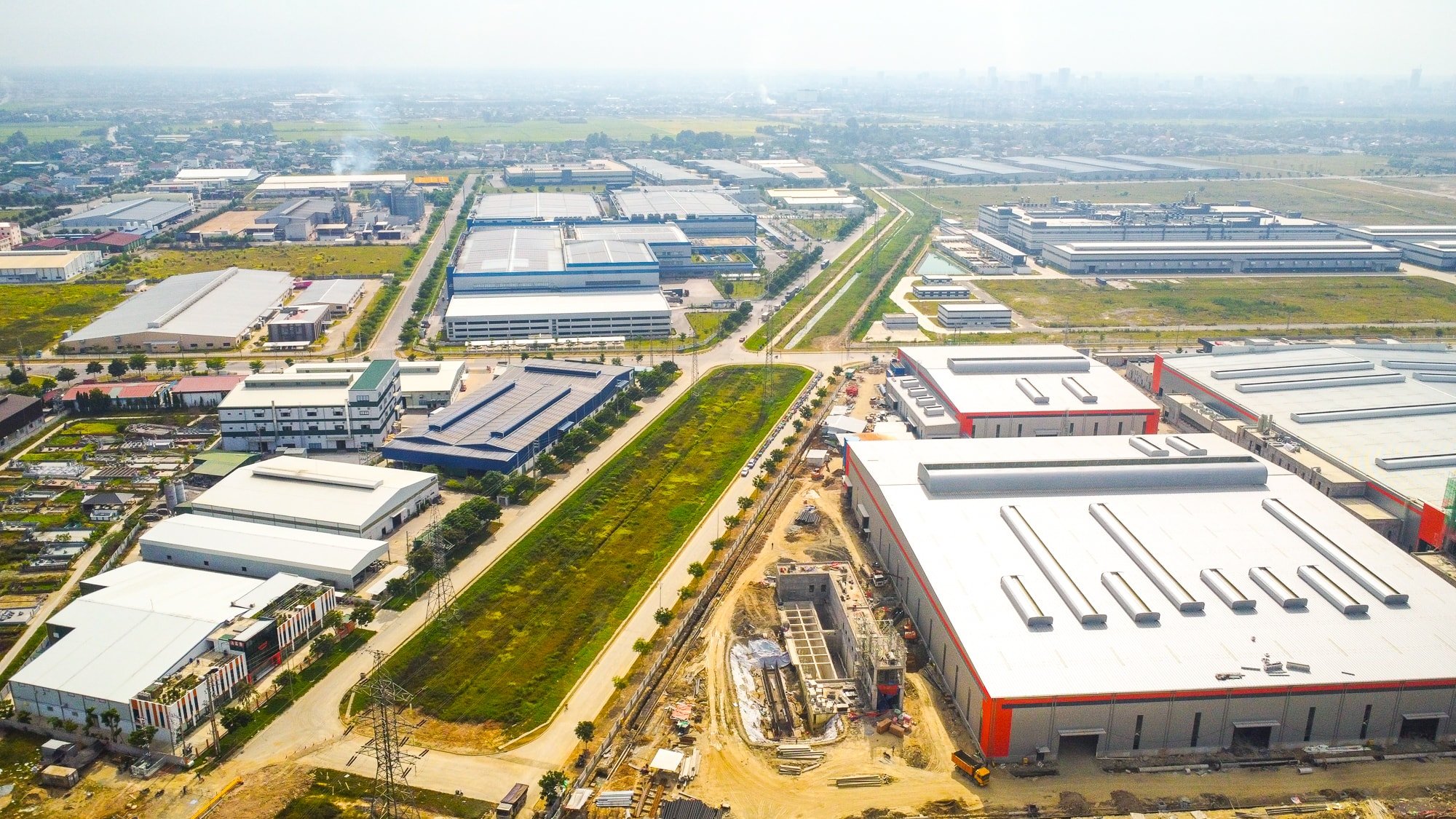

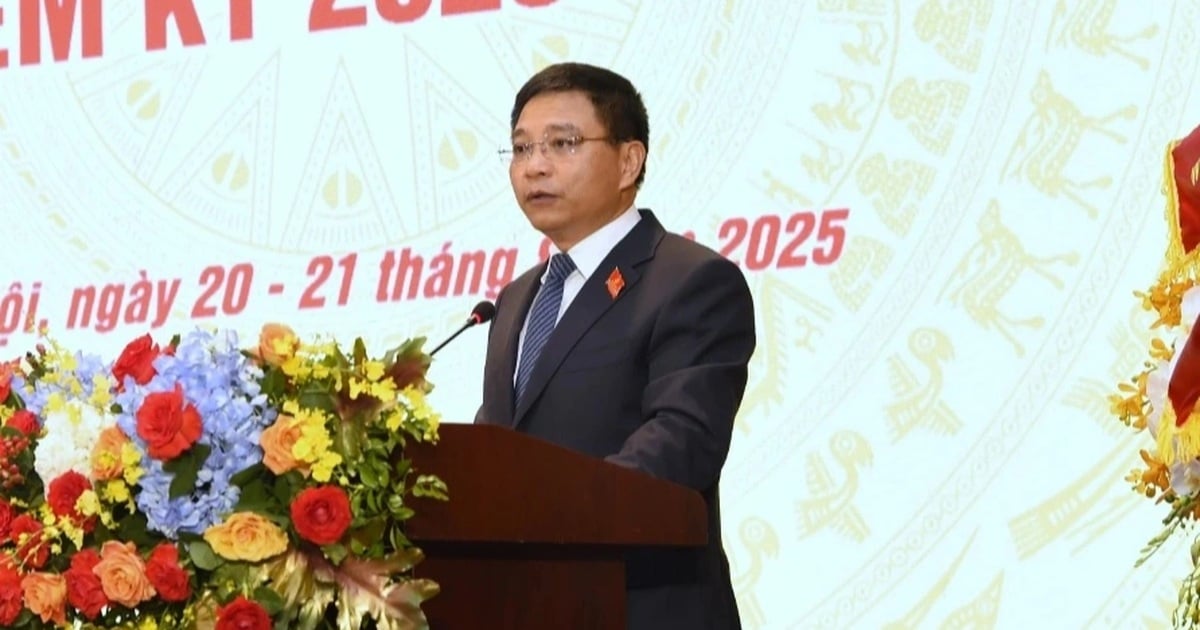

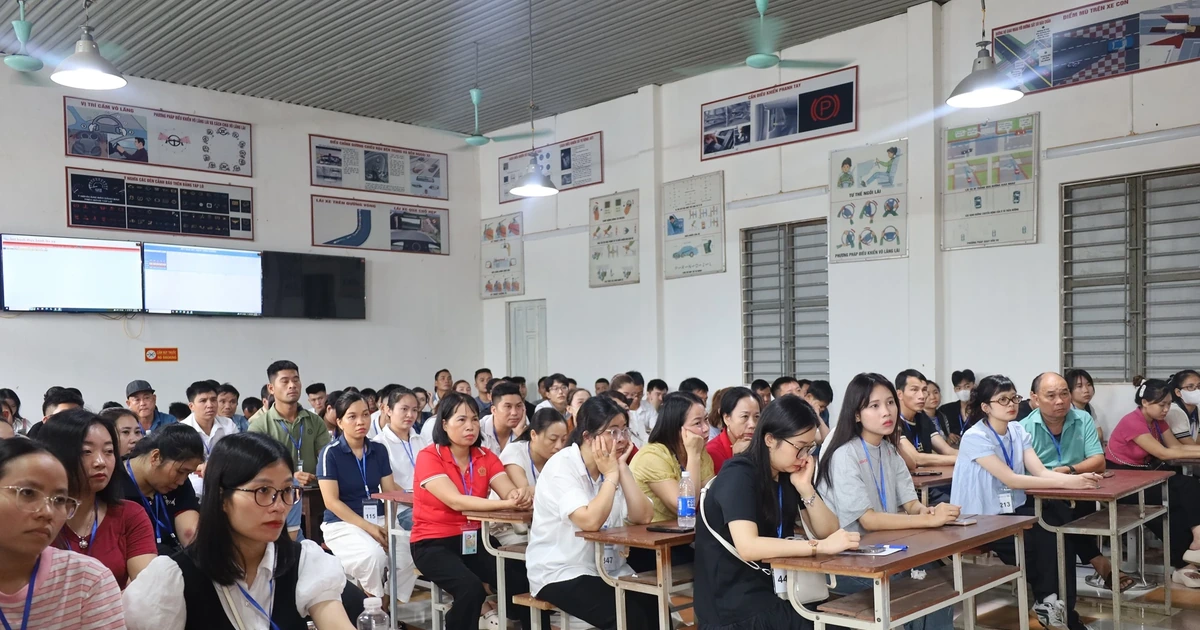



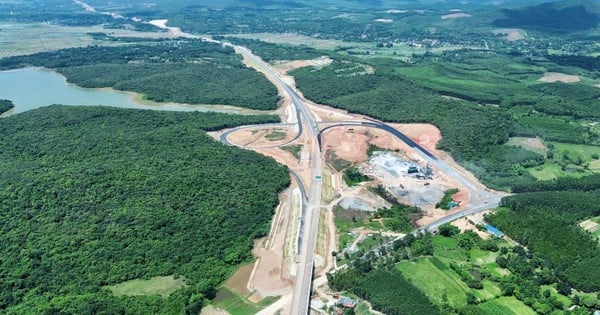



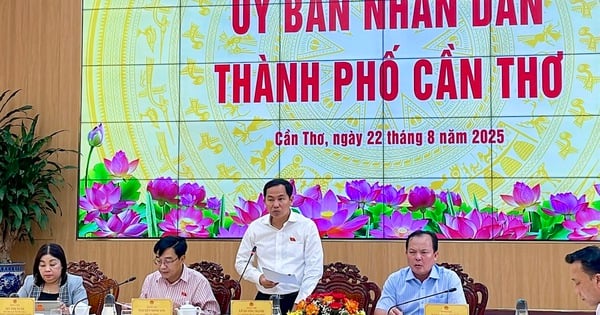
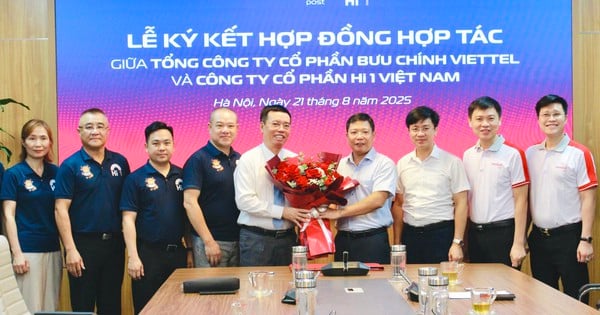

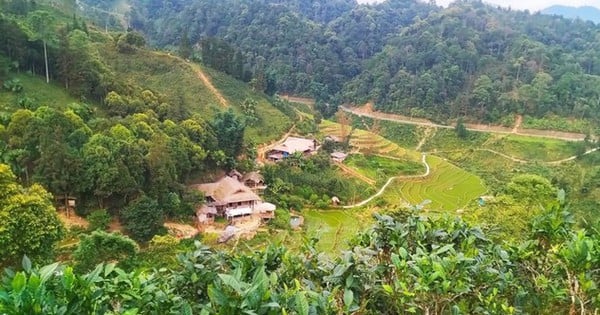





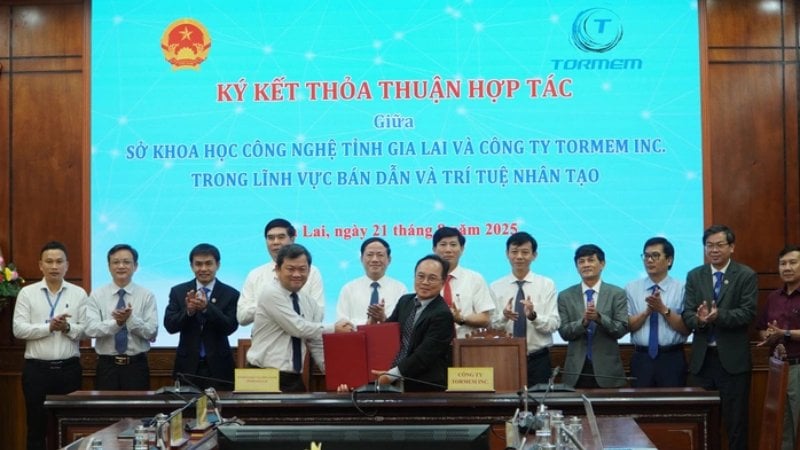
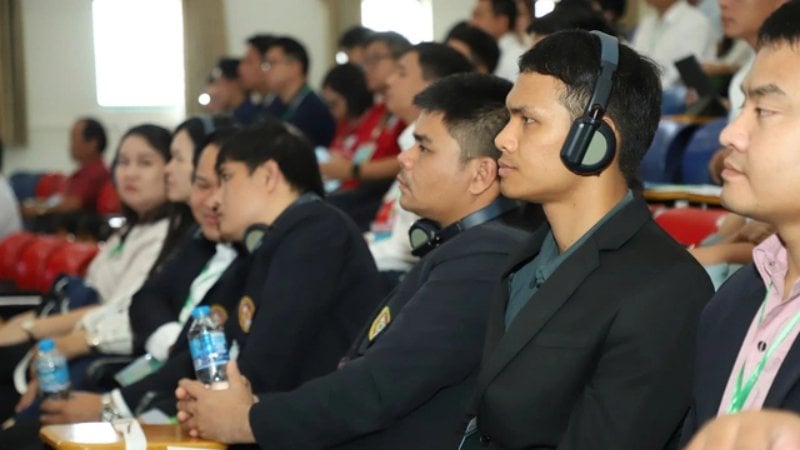
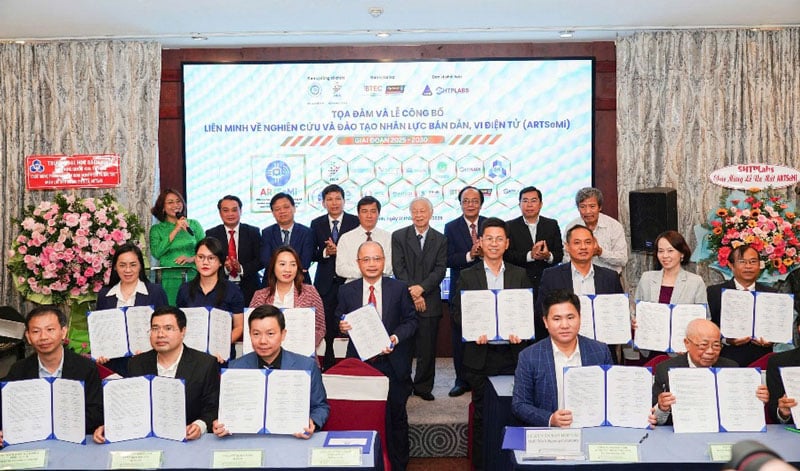
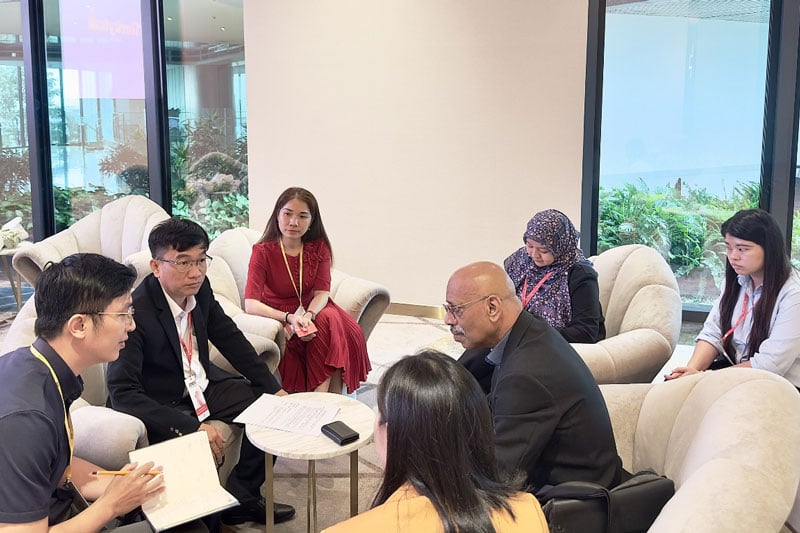









































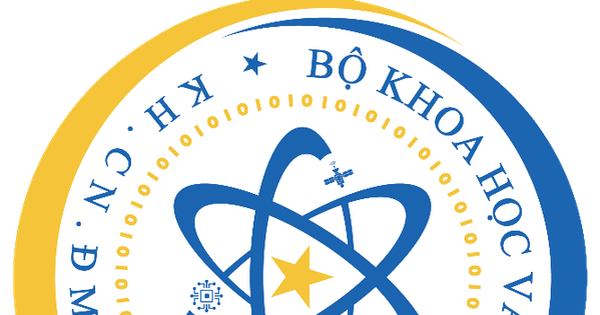



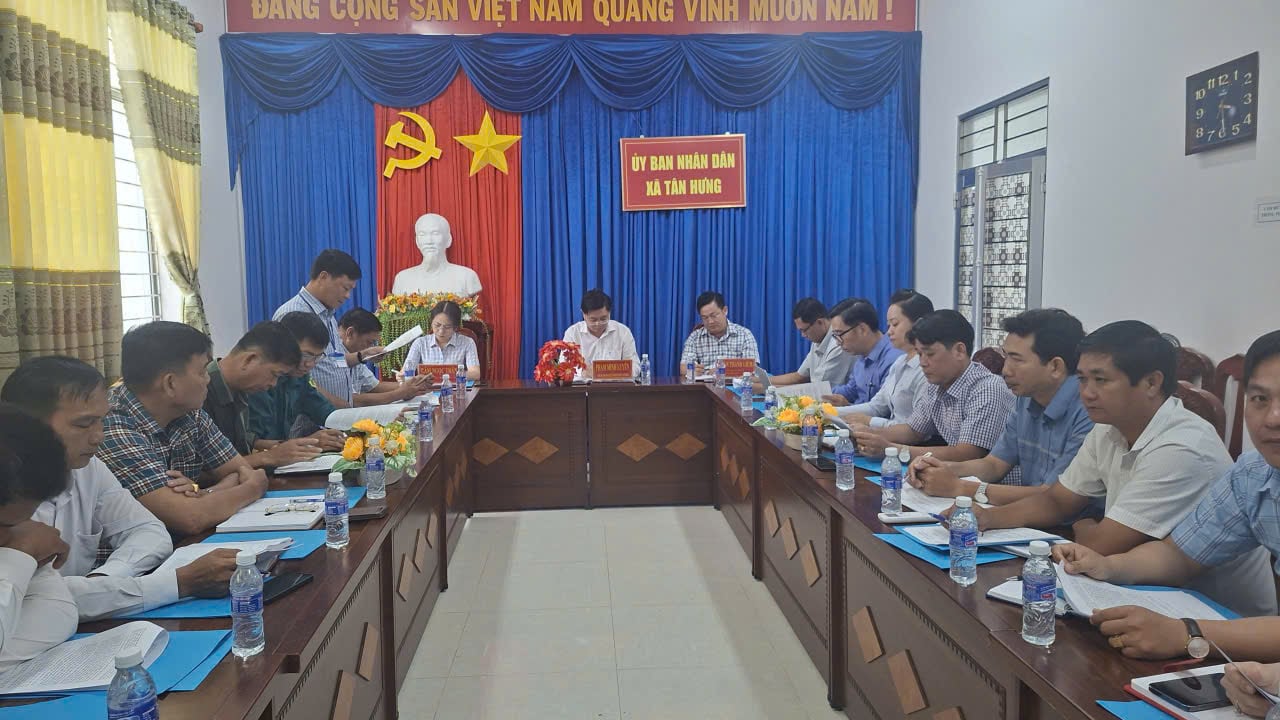
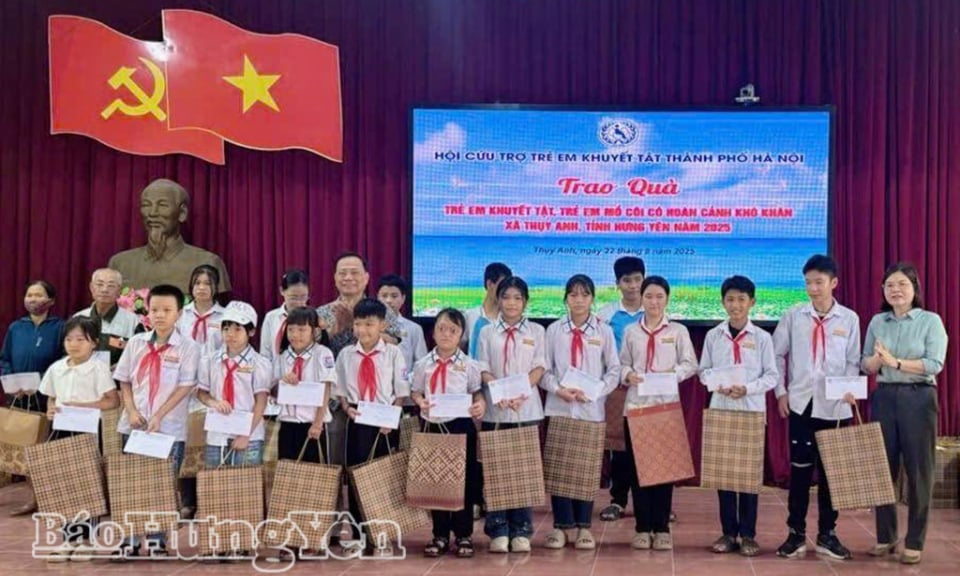

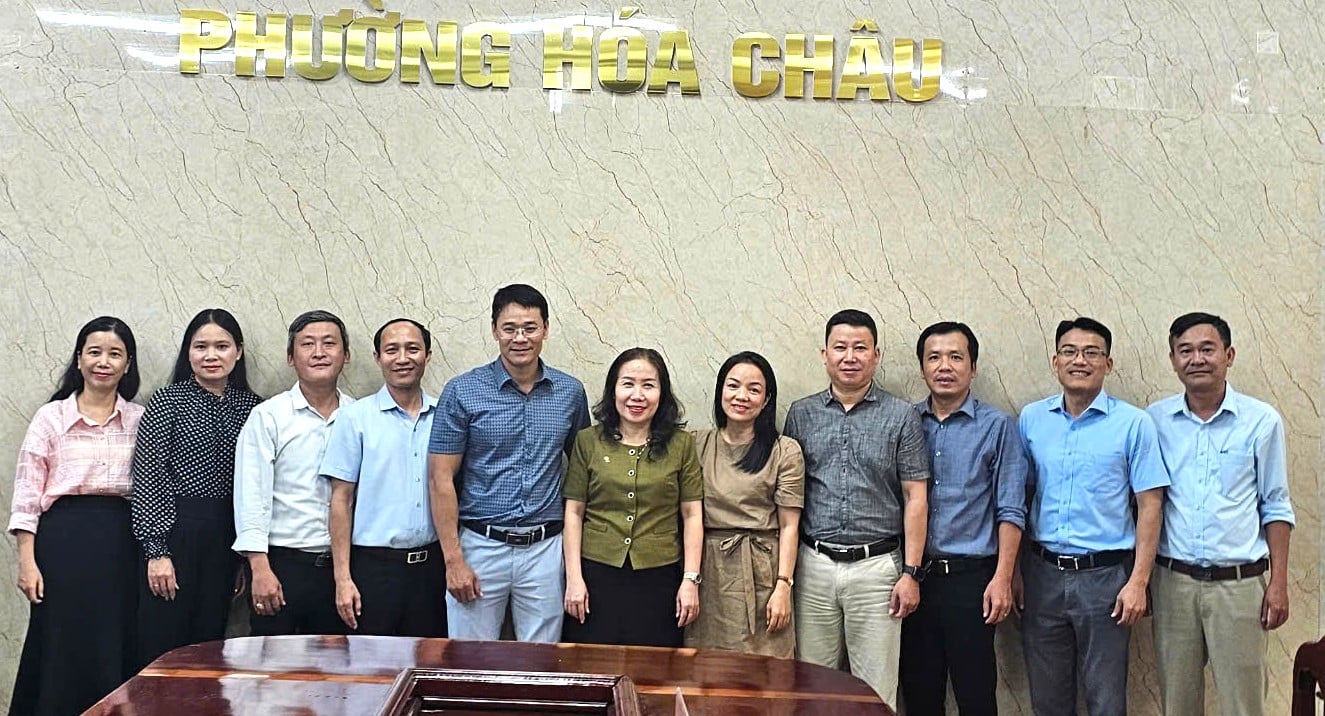

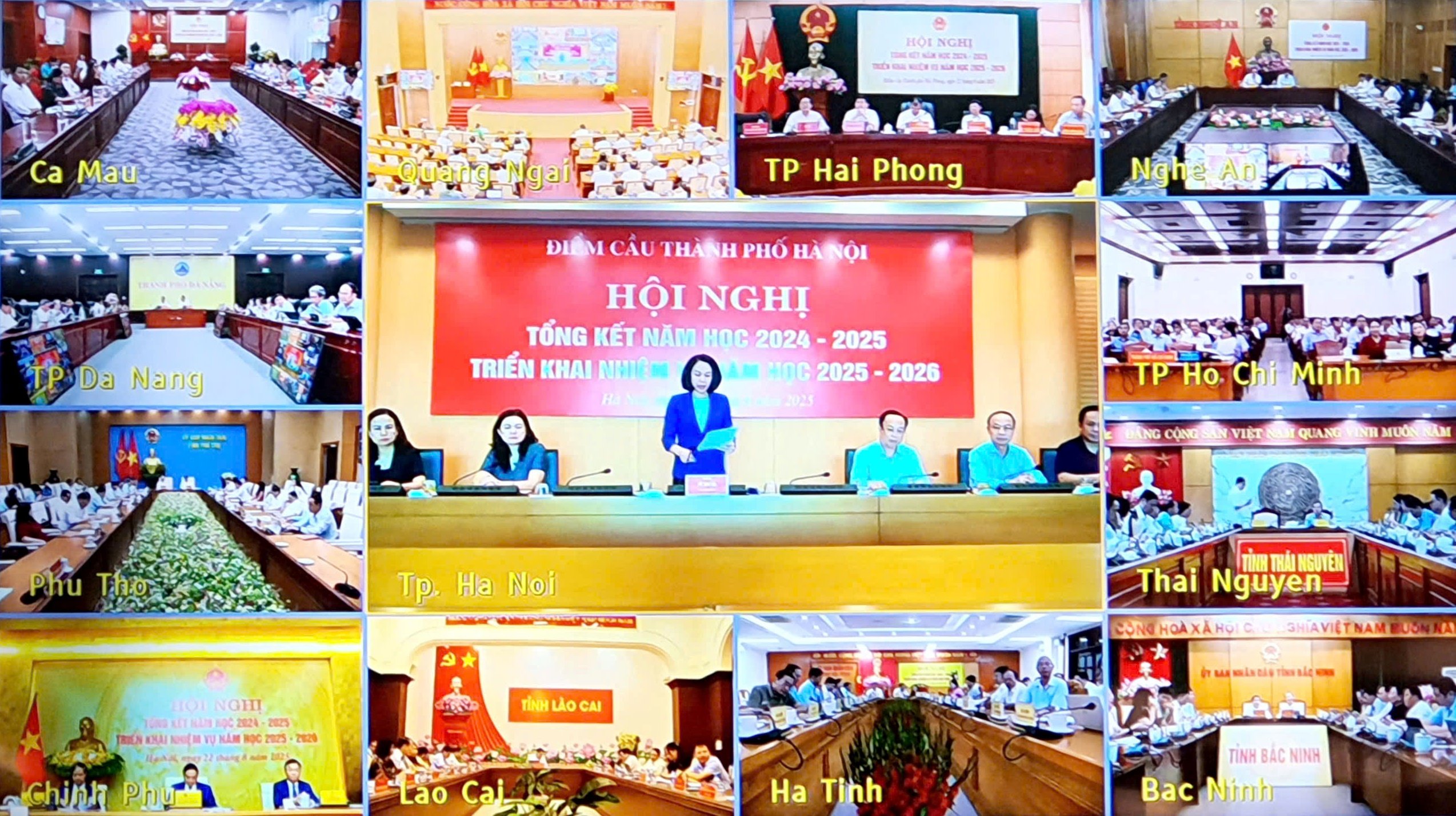

















Comment (0)